
Interior images of the historic Moffatt House after being moved and restored some six miles from its original location. Images taken by R&R.com, 2017
“A training ground for young entrepreneurs; Wm. L. Roddey”
City Directories and History: William Moffatt’s home and store were originally located at the corner of Highway 901 (Edgeland Road), and #9 at Richurg, S.C. The home was purchased and moved for preservation in another section of Chester County.
William Moffatt was a highly successful merchant who carefully selected the site as a prime location to attract local customers. His thriving business attracted young men who also aspired to become merchants. One of these was Chester’s highly successful and philanthropic leader, Mr. Joseph Wylie, the founder of the Joseph Wylie & Company store in downtown Chester. Another clerk at the Moffatt store was Captain William Lyle Roddey, one of Rock Hill’s most successful community leaders, developers, and merchants.
The Moffatt house was a reflection of his knowledge of architecture and financial success. With exquisite proportions and architectural detailing, this home remains one of the area’s outstanding pieces of early 19th century architecture. With double flanking chimneys, dormer windows, front and rear shed porches, large interior rooms, and handsome Palladio windows at each gable end, set between the chimneys, this house was truly worthy of historic preservation.
SUPPLYING THE UPSTATE – An article on William Moffatt by Louise Pettus from the York Observer, April 29, 1995
For forty years, William “Billy” Moffatt (1786-1851) operated the largest general store between Charlotte and Columbia. The store was in Lewisville in eastern Chester County, and it was the only store of any consequence within a 20-mile radius of his thriving business.
With only $300 to invest, Moffatt’s first store was a small log house with a nail-studded door. Moffatt quickly proved himself to be a “born trader and strictly honest.” He prospered from the first and was soon able to build a much larger store and stock it with the best available wares.
A grandson, the Josiah Moffatt, wrote an article for the South Atlantic Quarterly in which he said, “People would come a day’s journey, on horseback, in wagons or lumbering carriages to trade with Billy Moffatt. They would spend the night as his guests and return home the next day. His hospitality knew no bounds and was not confined to customers. The man who was loaded with hundreds of dollar worth of supplies was made no more welcome at his table than the casual stranger who happened to be in the store at meal time.”
Moffatt’s clerks came to him as poor bur ambitious country boys. He fed the clerks at his bountiful table and gave them a place to sleep in rooms partitioned as a dormitory in the back of the store. The Moffatt family’s washer woman looked after their clothes.
Before the late 1830s there were no railroads in the Upcountry. Every year, spring and fall, he sent his cotton down in wagons “shaped like gondolas” to Charleston, 200 miles away. The round trip took two weeks. Coming back to Lewisville, the wagons carried goods that had been brought to Charleston by water from Philadelphia and New York.
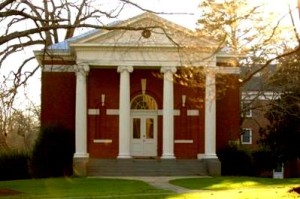
The Moffett family were very supportive of the ARP church and Erskine College at Due West, S.C.
For the occasion Moffatt hired wagons and teamsters from neighboring plantations. Five or six wagons, each pulled by two or three spans of mules, were manned by highly skilled black teamsters under the direction of one of Moffatt’s employees. The Rev. Moffatt wrote, “They usually covered about four miles an hour, a speed that could be maintained with ease for ten hours a day. The mules were fed at midday when the wagon train halted for a long rest.”
When the railroad came to Columbia, Moffatt only had to send the wagons 60 miles for store goods. In 1844 and 1845 there were great droughts in the Upcountry and in 1846 occurred the “cold summer,” when the season was so short that neither cotton nor corn fruited. There weren’t enough wagons to bring the needed foodstuffs and forage. This situation, as much as anything, led the planters to demand a railroad.
The Charlotte, Columbia, and Augusta was built in 1851, the year that Billy Moffatt died. Ironically, the railroad created towns (including Rock Hill and Fort Mill) that would change the old system of merchandising that allowed Billy Moffatt’s store to flourish. But Billy Moffatt’s clerks would move to the railroad-created towns and, in turn, flourish in the new environment.
Two of Moffatt’s clerks, Joseph Wylie and William Lyle Roddey, were among a dozen teenagers he trained who were to become town leaders. Joseph Wylie, who served as store manager in Moffatt’s old age, later moved to “The Hill” and built one of Chester’s largest stores. Capt. William Roddey (he served in the Civil War before coming to Rock Hill in 1866) became a prominent merchant, hotel owner, banker and investor in cotton mills and other enterprises
An excerpt from “A Merchant Planter of the Old South,” Josiah Moffatt, South Atlantic Quarterly, Vol. XXXIV, No. 1, January, 1935. “William Moffatt’s house was built on the brow of a wooded hill, a hundred yards north of the Charlotte-Columbia road. To the Negroes it was known as the “Big House.” Sometimes in a more inclusive phrase, “The Hill” was used to designate the house with its outhouses. It was not a large house except in a comparative sense. The majestic grandeur of the Colonial mansion was slacking. It was a long rambling structure, a story and a half high, with the upstairs lighted chiefly by dormer windows projecting from the front slope of the roof. There were two chimneys at each end of the house and a wide front veranda extending its full length. Locally verandas were known as piazzas (pronounced pie-az-zers). A low, L-shaped building, connected with the “Big House” by a covered passage, contained the kitchen and dining-room. This arrangement made for comfort, inasmuch as the sights, sounds, odors, and especially the heat associated with the preparation of food, were entirely eliminated from the sacred precincts of the “Big House,” where the white folks awaited, in unruffled dignity and repose, the clamor of the bell announcing dinner or supper. Beyond the kitchen, within the yard enclosure, were the granary, the smokehouse, and dairy, and back of these, outside the yard, the Negro quarters. Altogether, the group of buildings on “The Hill” presented a rather imposing view from the front to the big road. My grandfather’s store stood at the foot of the hill, right on the road. Across the road from it were the gin house and cotton press.”
One of Billy’s sons, the Rev. Josiah Moffatt also contributed significantly toward the education of many local students as well as helped construct the Euphemian Hall at Erskine College.
Informative links: Mills Map of Chester County SC
“After clerking for Mr. Moffatt for seven years, Mr. Wylie, in cooperation with a partner, bought out the Moffatt Store. His business enterprise prospered greatly until the War Between the States when his property was swept away.
With the war over, Mr. Wylie and his nephew, Captain W.L. Roddey, operated a store until 1868, when Mr. Wylie moved to the county seat at Chester, South Carolina, and continued the business of merchandising. From that time he was thoroughly identified with the business interests of the town, and became a large and prosperous merchant and one of the most prominent men of the county.
Mr. Wylie was head of a large mercantile business, by the name of “Joseph Wylie and Company,” President of the Exchange Bank of Chester, a large stockholder in many companies and counselor in many strong business enterprises.”
(Information in part from: Chester County Heritage Book, Vol. I, Edt. by Collins – Knox, Published by the Chester Co Hist. Society – Jostens Printing, 1982)
The Wylie Mill School was near the old house on Hwy. 901. The Herald reported on Feb. 14, 1900 – “The Wylie’s Mill School has Ms. Atkinson as teacher.”
Stay Connected
Explore history, houses, and stories across S.C. Your membership provides you with updates on regional topics, information on historic research, preservation, and monthly feature articles. But remember R&R wants to hear from you and assist in preserving your own family genealogy and memorabilia.
Visit the Southern Queries – Forum to receive assistance in answering questions, discuss genealogy, and enjoy exploring preservation topics with other members. Also listed are several history and genealogical researchers for hire.
User comments welcome — post at the bottom of this page.
Please enjoy this structure and all those listed in Roots and Recall. But remember each is private property. So view them from a distance or from a public area such as the sidewalk or public road.
Do you have information to share and preserve? Family, school, church, or other older photos and stories are welcome. Send them digitally through the “Share Your Story” link, so they too might be posted on Roots and Recall.
Thanks!
User comments always welcome - please post at the bottom of this page.
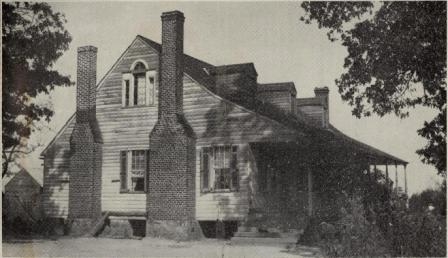
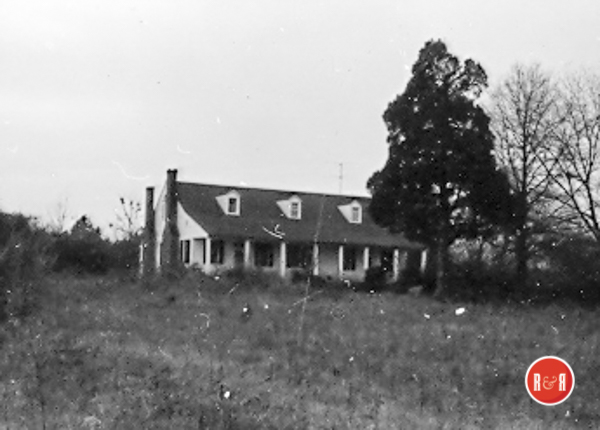
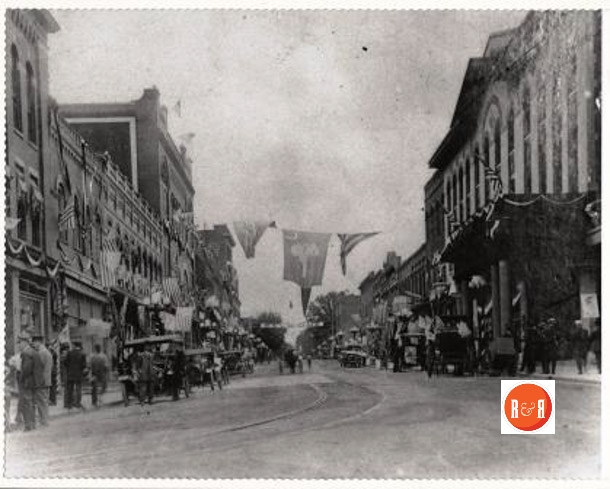
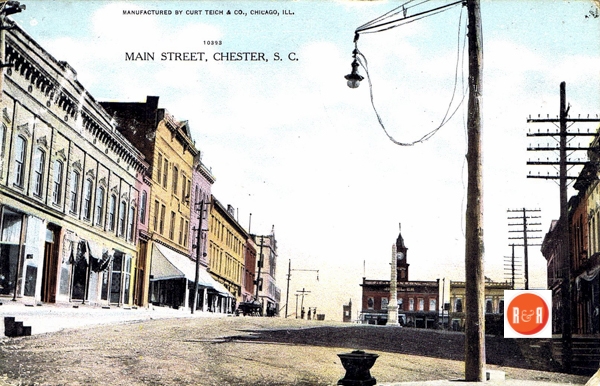
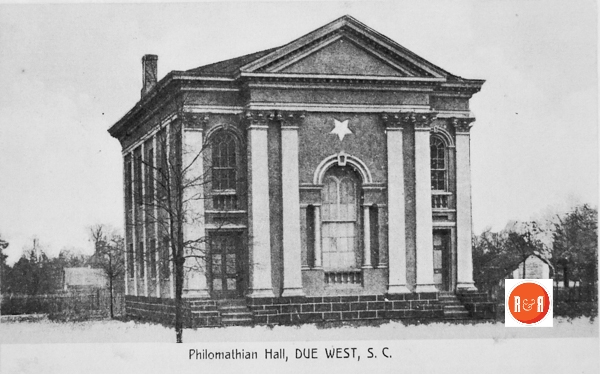
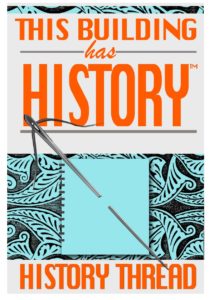



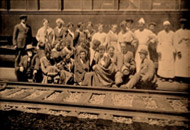
[…] geographic areas, and similar subject matter. Another R&R page worth exploring is that of the Moffett’s Store, located at what is today Richburg, S.C. Originally located at an important antebellum crossroads, […]